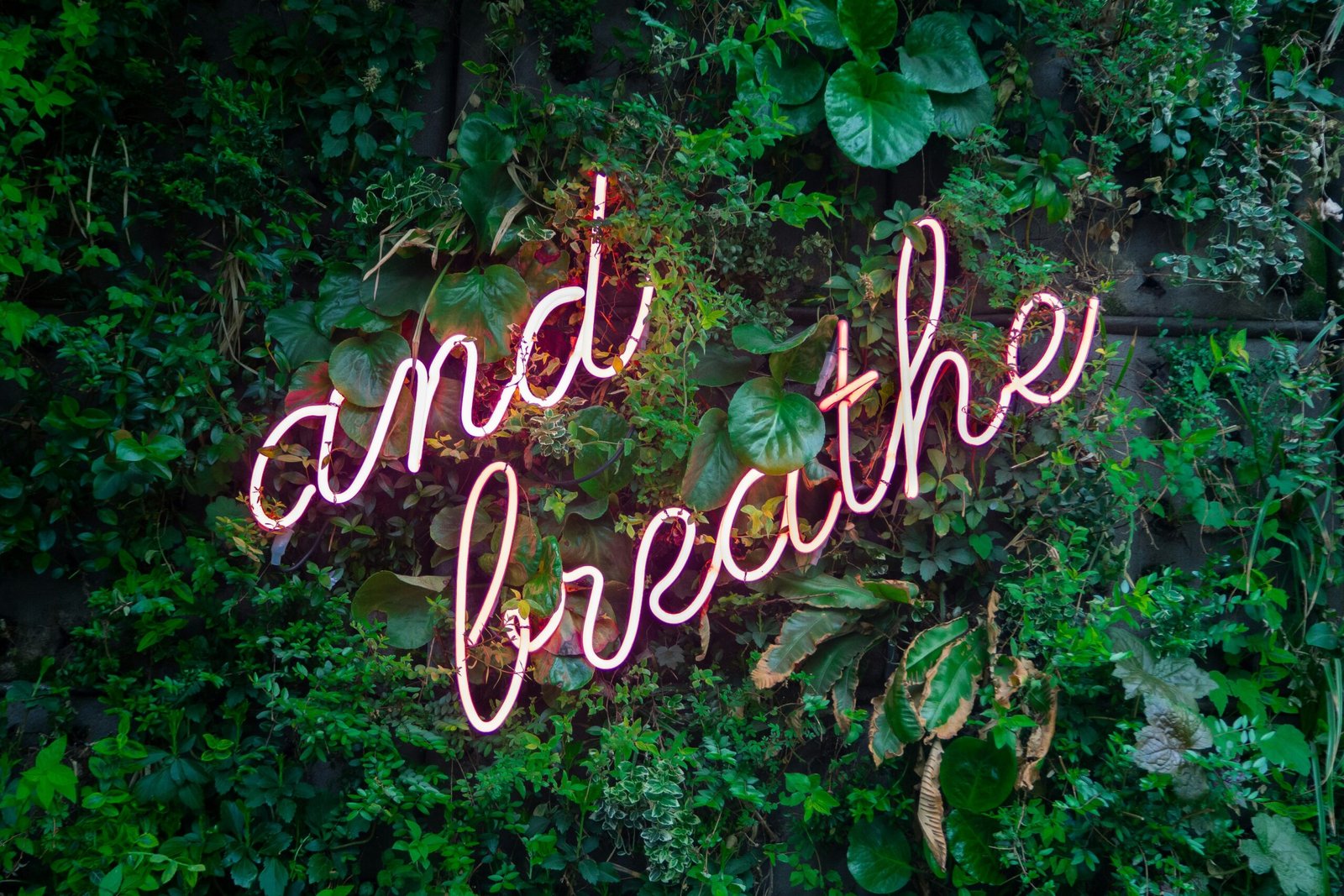Unleash Your Inner Picasso: How Art Therapy Can Transform Your Life

Introduction
Art therapy is a form of therapy that utilizes the creative process of art-making to improve a person’s physical, mental, and emotional well-being. It is a unique approach to therapy that allows individuals to express themselves and explore their thoughts and feelings through various art forms. This article will delve into the concept of art therapy and how it can be a powerful tool for healing and self-discovery.
The Basics of Art Therapy
Art therapy is a therapeutic technique that combines the fields of psychology and art. It is based on the belief that the creative process involved in making art can be healing and transformative. Through art therapy, individuals are encouraged to use art materials and techniques to explore their emotions, reduce stress, and improve self-esteem.
The Benefits of Art Therapy
Art therapy has been proven to have numerous benefits for individuals of all ages and backgrounds. Here are some of the key benefits of art therapy:
1. Emotional Release and Self-Expression
Art therapy provides a safe and non-judgmental space for individuals to express their emotions and thoughts. Through art-making, individuals can release pent-up emotions, gain insight into their feelings, and find new ways to express themselves.
2. Stress Reduction
Engaging in art-making can be a relaxing and calming experience. The act of creating art can help individuals focus their attention on the present moment, reducing stress and promoting a sense of well-being.
3. Self-Discovery and Personal Growth
Art therapy can be a powerful tool for self-discovery and personal growth. By exploring their thoughts and feelings through art, individuals can gain a deeper understanding of themselves, their experiences, and their relationships. This self-awareness can lead to personal growth and positive change.
4. Enhances Communication and Social Skills
For individuals who struggle with verbal communication, art therapy provides an alternative means of expression. Through art-making, individuals can communicate their thoughts and feelings without the need for words. This can be particularly beneficial for individuals with autism, developmental delays, or other communication disorders.
5. Boosts Self-Esteem and Confidence
Creating art and seeing the end result can boost self-esteem and confidence. Art therapy allows individuals to see their own creativity and potential, leading to a greater sense of self-worth and empowerment.
How Art Therapy Works
Art therapy sessions are typically conducted by trained art therapists who have a background in both art and psychology. The therapist guides the individual through the art-making process, offering support and encouragement along the way. The focus is on the process of creating art rather than the end result.
During an art therapy session, the individual may be asked to choose from a variety of art materials, such as paint, clay, or collage materials. They are then encouraged to create art in a way that feels meaningful to them. The therapist may ask open-ended questions or provide prompts to help facilitate self-reflection and exploration.
The art created during therapy sessions serves as a visual representation of the individual’s thoughts and emotions. The therapist and individual may discuss the artwork together, exploring its meaning and symbolism. This dialogue can provide valuable insights and promote self-awareness.
Who Can Benefit from Art Therapy?
Art therapy is a versatile form of therapy that can benefit individuals of all ages and backgrounds. It has been used successfully with children, adolescents, adults, and seniors. Art therapy can be particularly helpful for individuals who may struggle with traditional talk therapy or have difficulty expressing themselves verbally.
Art therapy has been used to address a wide range of mental health concerns, including:
– Anxiety and stress
– Depression
– Trauma and PTSD
– Eating disorders
– Substance abuse
– Autism spectrum disorders
– Chronic pain and illness
It is important to note that art therapy is not limited to individuals with diagnosed mental health conditions. Anyone who is interested in exploring their creativity, improving self-awareness, or seeking personal growth can benefit from art therapy.
Conclusion
Art therapy is a powerful form of therapy that harnesses the creative process to promote healing, self-expression, and personal growth. Through art-making, individuals can explore their emotions, reduce stress, and gain insight into themselves. Art therapy is a versatile and inclusive form of therapy that can benefit individuals of all ages and backgrounds. Whether used as a standalone therapy or in conjunction with other therapeutic approaches, art therapy can be a transformative tool for healing and self-discovery.






